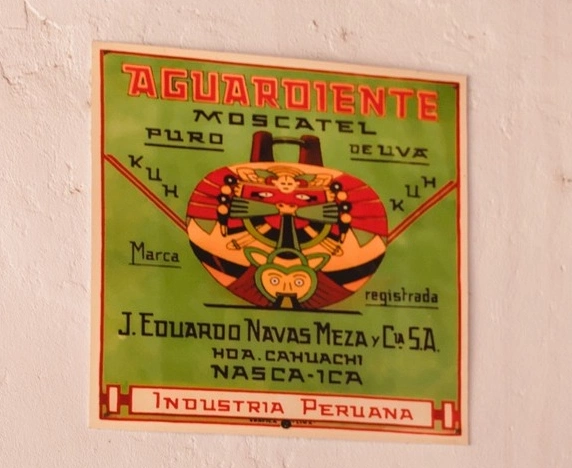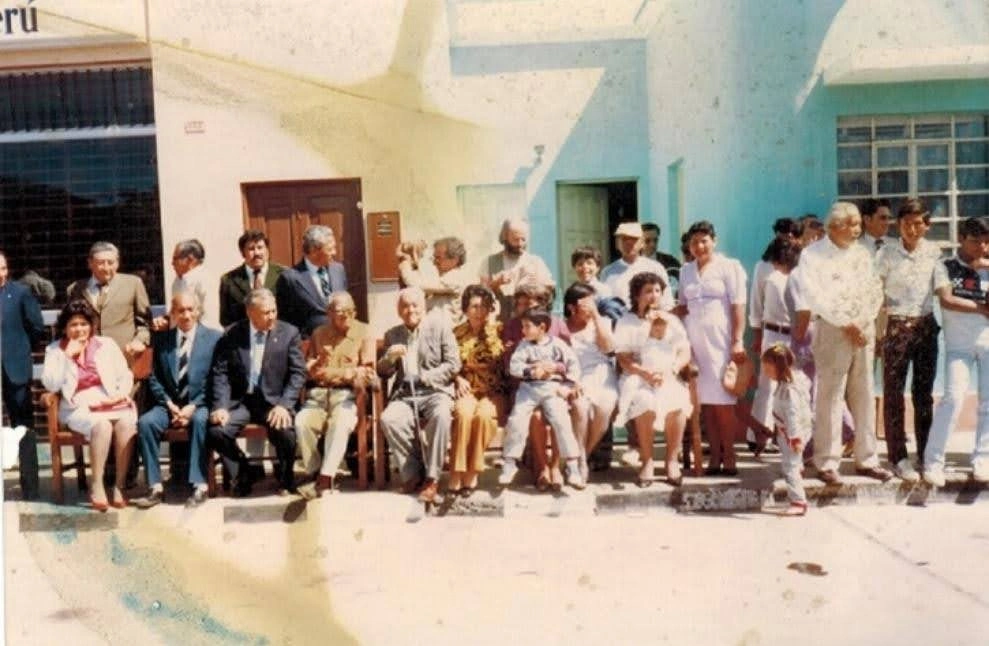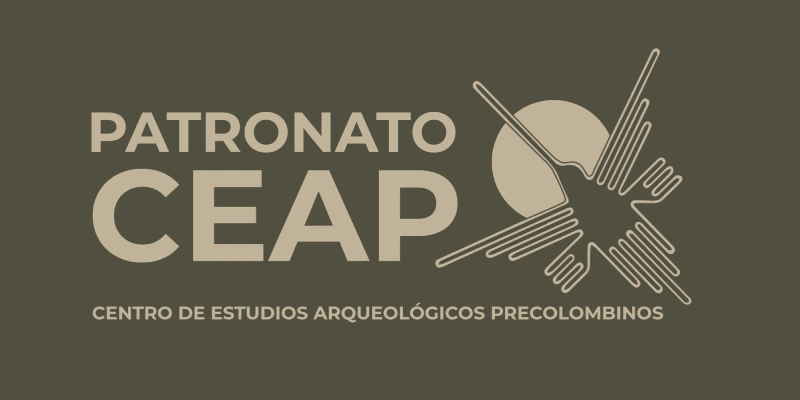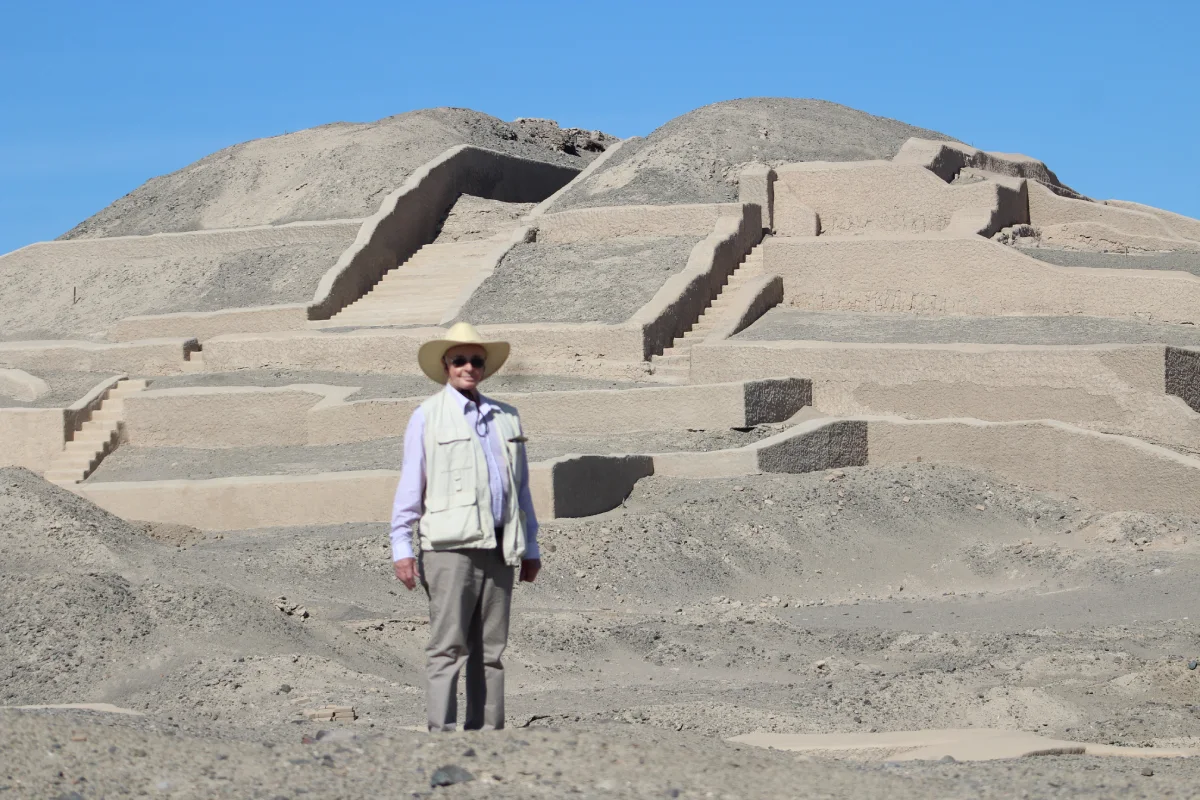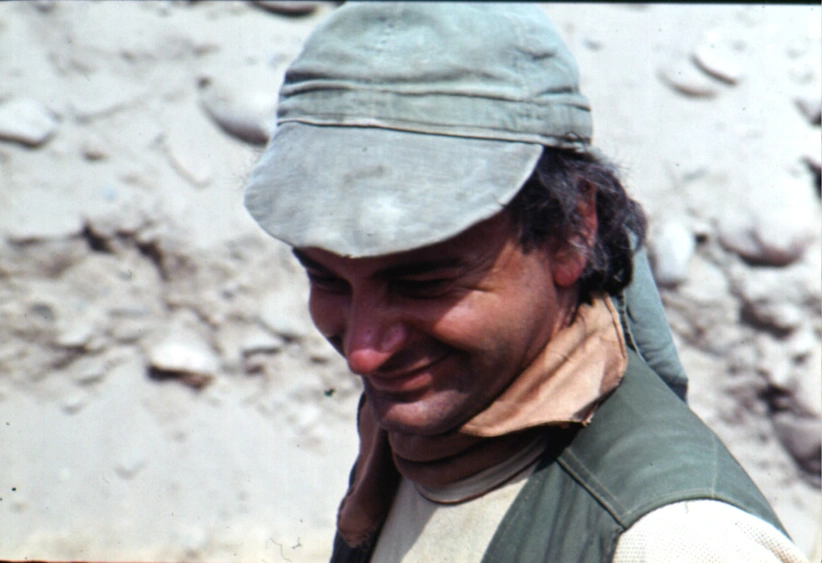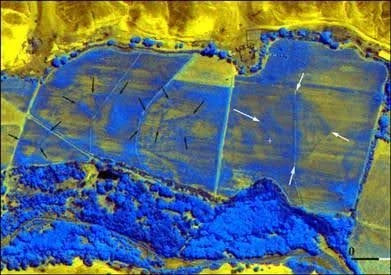“A generous reward, in cash or in kind—choosing in the latter case between bread and brandy—will be given to the person who delivers a runaway Congo Duango black man from the Cahuachi Hacienda, in the jurisdiction of Nazca. This black man is tall, well-built, with marks on both sides of his face, pierced ears, and a slightly nasal speech.”
Gregorio Martínez, in the prologue of his Chronicle of Musicians and Devils (1991, PEISA), cites this notice published in El Mercurio Peruano (dated “19th century”). Several chapters of the story narrated by Martínez in his Chronicle…—a blend of reality, exaggeration, and a touch of fiction “like that song that says that in a Chinese forest, a Chinese girl got lost”—are set in the Cahuachi Hacienda during the early years of the Republic.
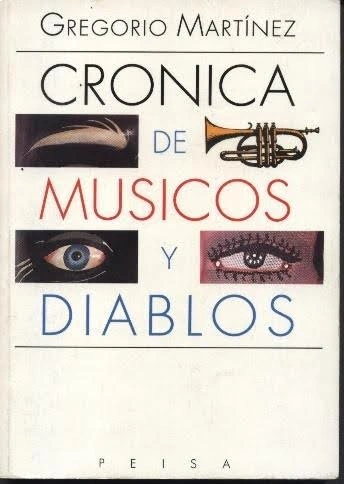
According to Martínez, the estate, located at the foot of the citadel, was owned by “Epifanía del Carmen,” daughter of Don Próspero Rizo Patrón. Epifanía (note, not Epifania) was a woman of “a haughty and blissful demeanor (…) she carried herself upright […] majestic and treading on clouds with more pomp than the Queen of England” (p. 147). Besides the main hacienda house and its centuries-old guarango tree, the property included a settlement, vineyards, cotton fields, and a small chapel. The hacienda, with its guarango and little chapel, still exists today under the name “Hacienda San Martín de Porras.”
“Cahuachi was at that time a small village of reed huts, some adobe, with the weathered shell of the hacienda house to one side (…) at the edge of the last century-old trees began the dunes. And in the open aridity rose the immense mounds of the buried city, ancient Cahuachi, whose adobe splendor had shone in the age of the gentiles. The encomenderos first, and the landowners later, had dismantled the productive order of that land which centuries before had fed thousands of inhabitants. From that fertile soil only a strip of cotton and vineyard fields remained, on either side of the dry river of sudden waters.” (p. 87).
Waters that are still quite sudden, for in early January 2025 they swept away part of the asparagus crops of the “San Martín de Porras” Hacienda.
